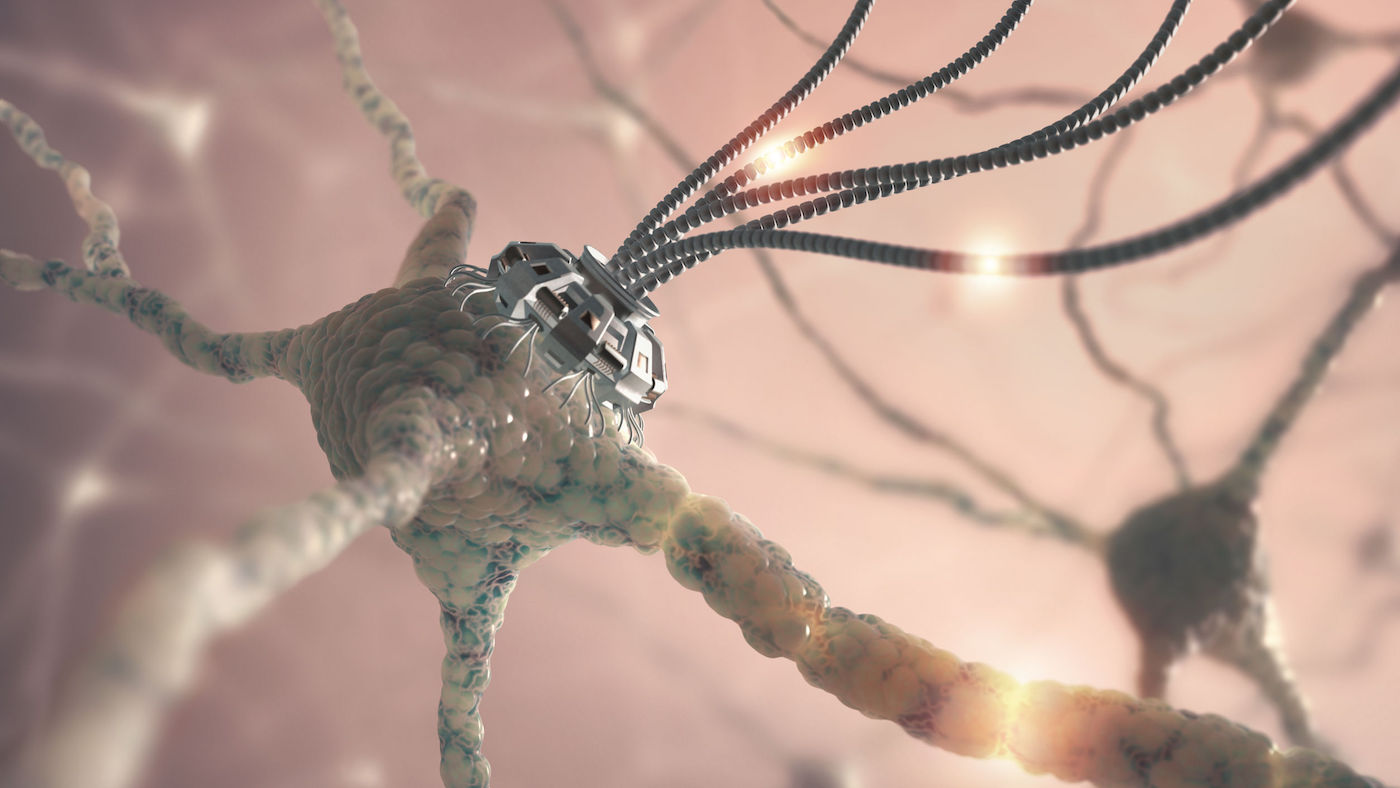No shift in machine translation technology has progressed quite as rapidly as the latest hype: neural machine translation. But is it really as promising as the reports make out?
The standard joke about machine translation is that perfect MT is just five years away, and has been for fifty years. Just how true that statement is has become apparent in the last year as claims about MT progress have undergone one of their periodic bouts of hyper-optimism. In this case, the cause is neural machine translation (NMT), a technique that uses computer neural networks – an artificial intelligence approach that is designed to mimic the function of neurons in brains – to translate text from one language to another.
An examination of the technology by Common Sense Advisory (CSA Research) shows that it does represent a significant improvement over the previous state-of-the-art phrase-based statistical machine translation (PbSMT) systems that continue to dominate the industry, but some developers and tech reporters oversell the technology. To understand why NTM is important – ...
Read more after login
tekom members can log in directly with their "My tekom" access data.
You are not yet a tekom member, but would like to read one or more articles in full? Then you have the opportunity to register on the internet portal of the technical journal 'tcworld' without obligation. Once you have registered, you can select any three specialist articles and view them in full for a period of two months. The selection will then be deleted and you can select three new articles for the next two months.
As a tekom member you benefit from the following advantages::
- Online access to all articles of the trade magazine 'tcworld magazine'
- Exclusive specialist articles from all areas of technical communication
- Regular new articles from over 300 authors
- The technical journal 'tcworld magazine' as a printed edition
- Reduced admission prices to tekom conferences
- Membership fees for tekom publications
- Access to 'my tekom', the web forum with job offers / job requests, appointments, expert advice, service provider file and much more
Login
Registration
Promised: The trade magazine 'tcworld magazine' is the best we have. And we don't make the choice easy for ourselves. Every month, the editorial staff of the technical journal 'tcworld magazine' publishes the latest articles by renowned authors. This demanding selection is available exclusively to members of tekom (as usual, including the printed edition).
The trade magazine 'tcworld magazine' stands for intelligently prepared specialist articles, texts written to the point, informative content, surprising insights, international perspectives and communicates technical communication in an understandable, fast, clear and uncomplicated way - exclusively for you.

